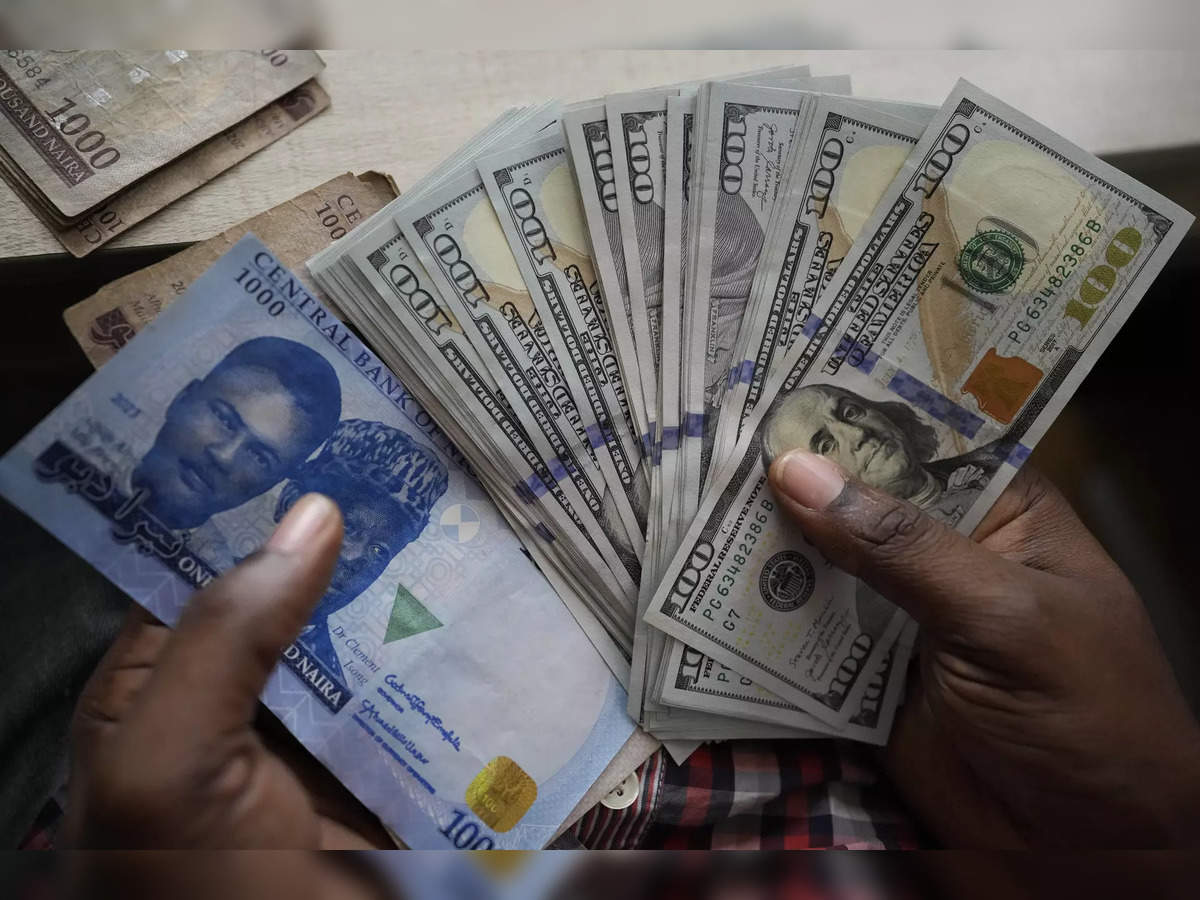
The concept of a BRICS (Brazil, Russia, India, China, and South Africa) currency union has been a subject of significant discourse in recent years, reflecting the aspirations of these emerging economies to reduce dependency on traditional Buy brics currency online financial systems dominated by Western powers. This article explores the prospects and challenges of establishing a BRICS currency union, analyzing the potential benefits it offers and the obstacles it must overcome to become a reality.
Prospects:
Economic Empowerment:
A BRICS currency union holds the potential to enhance economic empowerment among member states by reducing reliance on major international currencies like the US dollar and the euro. By creating a unified currency or enhancing cooperation in currency markets, BRICS countries can strengthen their economic sovereignty and promote financial inclusion and equality within the bloc.
Enhanced Trade and Investment:
The establishment of a BRICS currency union can streamline trade and investment flows among member states, reducing transaction costs, currency exchange risks, and reliance on third-party currencies. By promoting the use of national currencies in trade settlements and investment transactions, BRICS countries can deepen economic integration and foster mutual prosperity within the bloc.
Geopolitical Autonomy:
A BRICS currency union could provide member states with greater autonomy in their economic policies and reduce susceptibility to external pressures from Western powers. By diversifying away from the dollar-dominated financial system, BRICS countries can assert their independence and pursue their development agendas on their own terms, free from the influence of external actors.
Financial Stability:
The establishment of a BRICS currency union could contribute to financial stability within the bloc by reducing currency volatility, exchange rate risks, and external vulnerabilities. A unified currency framework could provide greater stability and predictability in trade and investment flows, fostering confidence among investors and promoting sustainable economic growth.
Challenges:
Economic Divergence:
One of the primary challenges in establishing a BRICS currency union is the significant economic divergence among member states. BRICS countries exhibit varying levels of economic development, inflation rates, and exchange rate regimes, making it difficult to harmonize monetary policies and establish a unified currency framework. Addressing these disparities requires careful coordination and compromise to ensure that the interests of all member states are accommodated.
Political Coordination:
Achieving consensus among BRICS members on the design, implementation, and governance of a unified currency union requires robust political coordination and cooperation. Member states must overcome divergent national interests, geopolitical considerations, and institutional barriers to forge a cohesive approach to currency integration.
Financial Infrastructure:
Developing the necessary financial infrastructure to support a BRICS currency union presents a significant challenge. This includes establishing central banking institutions, regulatory bodies, payment systems, and clearing mechanisms capable of managing a unified currency system. Building such infrastructure requires substantial investment, technical expertise, and time, as well as cooperation with international financial institutions and market participants.
External Pressures and Opposition:
The proposal for a BRICS currency union is likely to encounter resistance and opposition from established financial powers, particularly the united states and Western allies. These powers may perceive the BRICS currency as a threat to their dominance in global finance and may seek to undermine or sabotage its implementation through diplomatic, economic, or geopolitical means. Navigating external pressures and opposition will require strategic diplomacy, coalition-building, and proactive engagement with international stakeholders.
Conclusion:
The prospects of establishing a BRICS currency union are accompanied by significant challenges and complexities. While the union offers potential benefits such as economic empowerment, enhanced trade and investment, geopolitical autonomy, and financial stability, it must navigate obstacles such as economic divergence, political coordination, financial infrastructure development, and external pressures. Nevertheless, with determination, cooperation, and strategic leadership among member states, a BRICS currency union could emerge as a transformative force in reshaping the global financial landscape and promoting mutual prosperity among emerging economies.